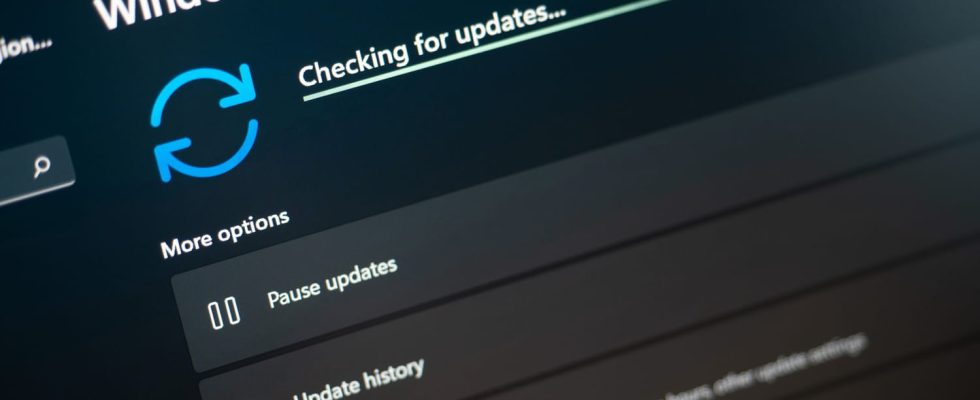Windows 11 optional update KB5034204 is experiencing installation issues and is causing bugs for some users. The problem is not universal, however, and it is easy to uninstall the update if necessary.
Windows updates follow one another and are similar, with their share of installation problems and malfunctions. The preview version of update KB5034204, published on January 23, 2024, is no exception to the rule and some users report various problems concerning it, ranging from the pure and simple impossibility of finalizing its installation to bugs affecting the taskbar or file explorer after applying it.
These problems are not universal, however, and the majority of Windows 11 users manage to install the KB5034204 update without any problems, without subsequently encountering the malfunctions mentioned by others. Given the improvements and bug fixes it contains, it remains preferable to install the KB5034204 update, even if it means uninstalling it afterwards in the event of problems.
Windows 11 KB5034204: a small optional update that resolves many bugs
In its official release note, Microsoft details the improvements and bug fixes brought by update KB5034204. As this is a “quality” and so-called “optional” update, it does not concern security and can be ignored without fear. However, it contains numerous fixes resolving various operating problems identified by users over the last few months and may therefore be of interest if you are affected by one of them.
Among the “major” issues corrected, we find, for example, the resolution of a problem preventing search from working in the start menu or a bug affecting low-consumption Bluetooth headphones and causing the loss of sound when listening of music. The update also contains a host of minor fixes for more technical and specific issues, such as an issue affecting the OpenType font driver that could cause text to display incorrectly in some third-party applications.
The complete and detailed list of improvements brought by the update is available at the official Microsoft release note, which will allow you to determine if you are affected by any of the resolved issues. The KB5034204 update will be offered and installed automatically by Windows Update and, otherwise, you can install it manually via the menu Settings > Windows Update > Advanced options > Optional updates. If the installation is successful, you will find the update in the menu Settings > Windows Update > Update History.
Windows 11 KB5034204: installation issues and annoying bugs
The deployment of this minor update unfortunately does not go smoothly for everyone. The Windows Latest site does a review of different problems encountered by many Windows 11 users with update KB5034204. For some, installing the update simply proves impossible and fails with a cryptic error message “0x8007000d”. Others manage to successfully install the update but then encounter various problems with Windows, such as the taskbar disappearing, the inability to click on desktop icons, or File Explorer not working properly.
Rather annoying and painful malfunctions, especially since Microsoft is accustomed to this type of inconvenience when publishing its updates. The company has to deal with a wide variety of hardware configurations on which its Windows operating system is installed, and it has difficulty ensuring the perfect functioning of its updates in all cases, ‘where recurring problems and regular backpedaling during the deployment of the various patches and fixes for its OS.
However, these pitfalls are not systematic and many Windows 11 users will see the KB5034204 update installed automatically without even realizing it. And for those who are faced with the problems mentioned above, it is fortunately very easy to uninstall the incriminated update, by going to the menu Settings > Windows Update > Update History > Uninstall updates then clicking on the button Uninstall to the right of update KB5034204.
Given that the installation problems do not seem to be universal, that the reported bugs remain minor overall and that the rollback turns out to be simple and without risk, it remains preferable and interesting to try to proceed with the installation of update KB5034204, in order to benefit from the various improvements it contains.


